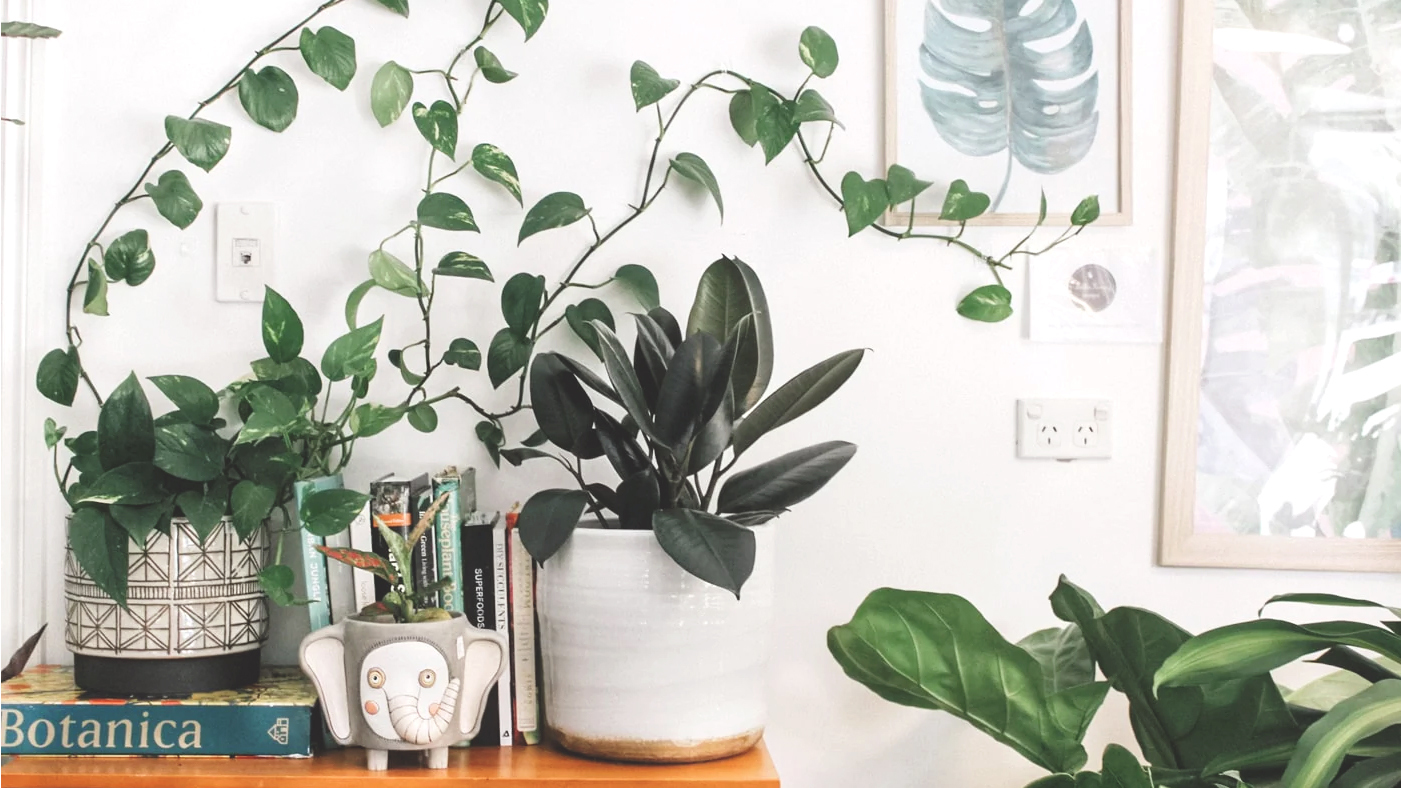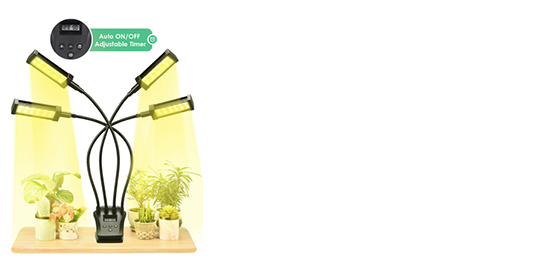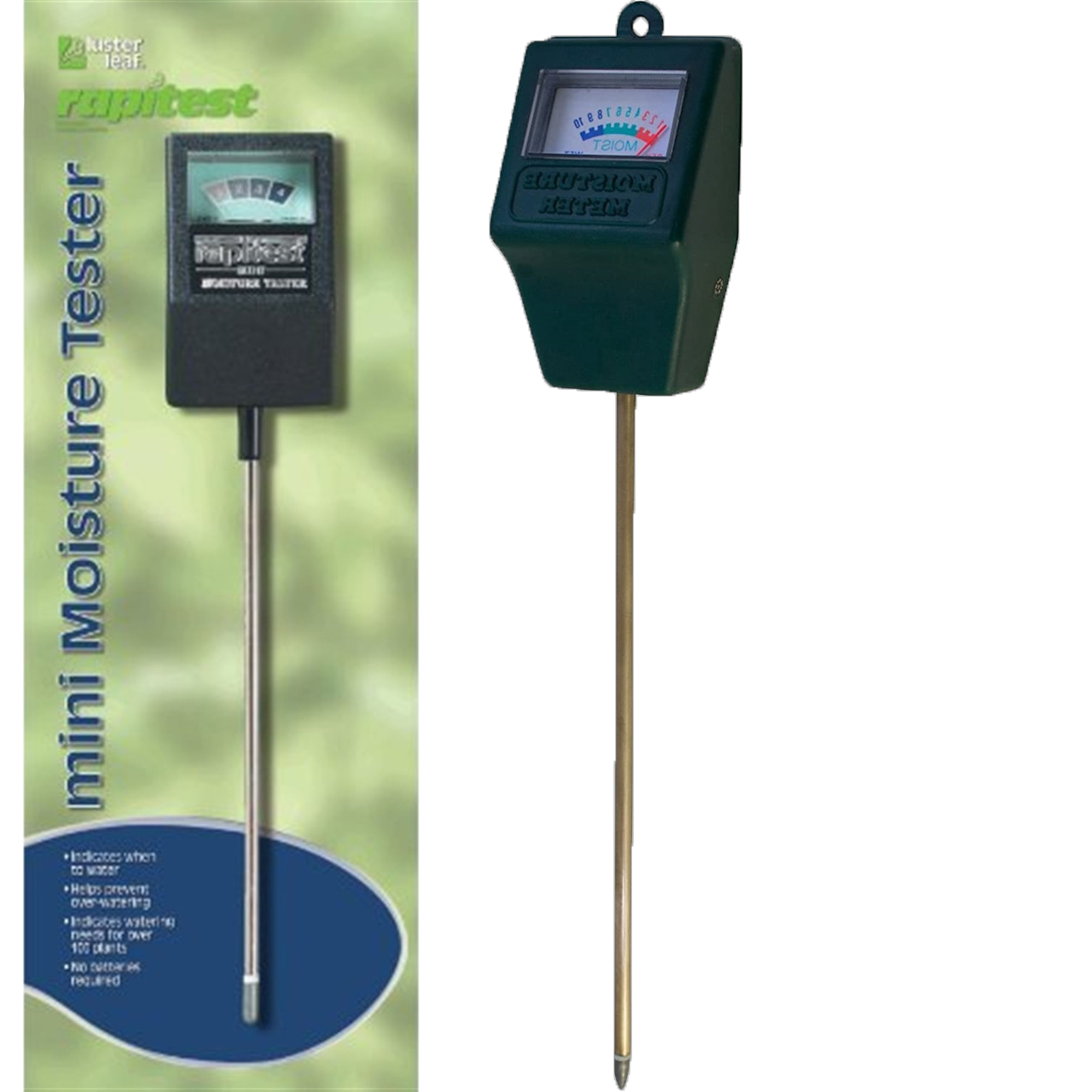How to Care for Houseplants
Houseplants add color and life to any indoor environment. Many also aid in air purification and promote a relaxing aesthetic within your living space. For almost every location in your home, there is a plant that will thrive! So, what's the secret to success? Read on to find out.
The Right Spot for Success
One of the most critical factors in houseplant heath is selecting the right plant for the right spot. The majority of houseplants prefer bright indirect light, with perhaps a couple hours of direct sunlight especially in the morning. Flowering plants and those with brightly colored leaves, often need 3-4 hours of direct sunlight daily. Ferns, and those plants with soft, delicate leaves, need protection from hot afternoon sun. Be sure to check the plant's tag when purchasing or chat with one of our greenhouse experts. We're always happy to recommend plants that will work well in your living space. Grow lights can be very helpful to increase plant health and vigor without the need for direct sunlight.
Shop Grow Lights & Indoor Lighting
Selecting a Container
Select a pot one size larger than the container the plant is currently potted. A good rule of thumb is repot into a container about an inch larger. Adequate drainage is a key step towards a thriving houseplant collection. After purchasing a plant, first decide if you will be transplanting it to another container. If you're ready to transplant to a new container, always be sure to select a pot with drainage holes. If your pot does not have drainage holes, consider placing the plant in the decorative container without actually transplanting it. If you over water, it's very easy to remove the plant and pour out any excess water. Remember: for most plants, standing water can be detrimental to a plant's health.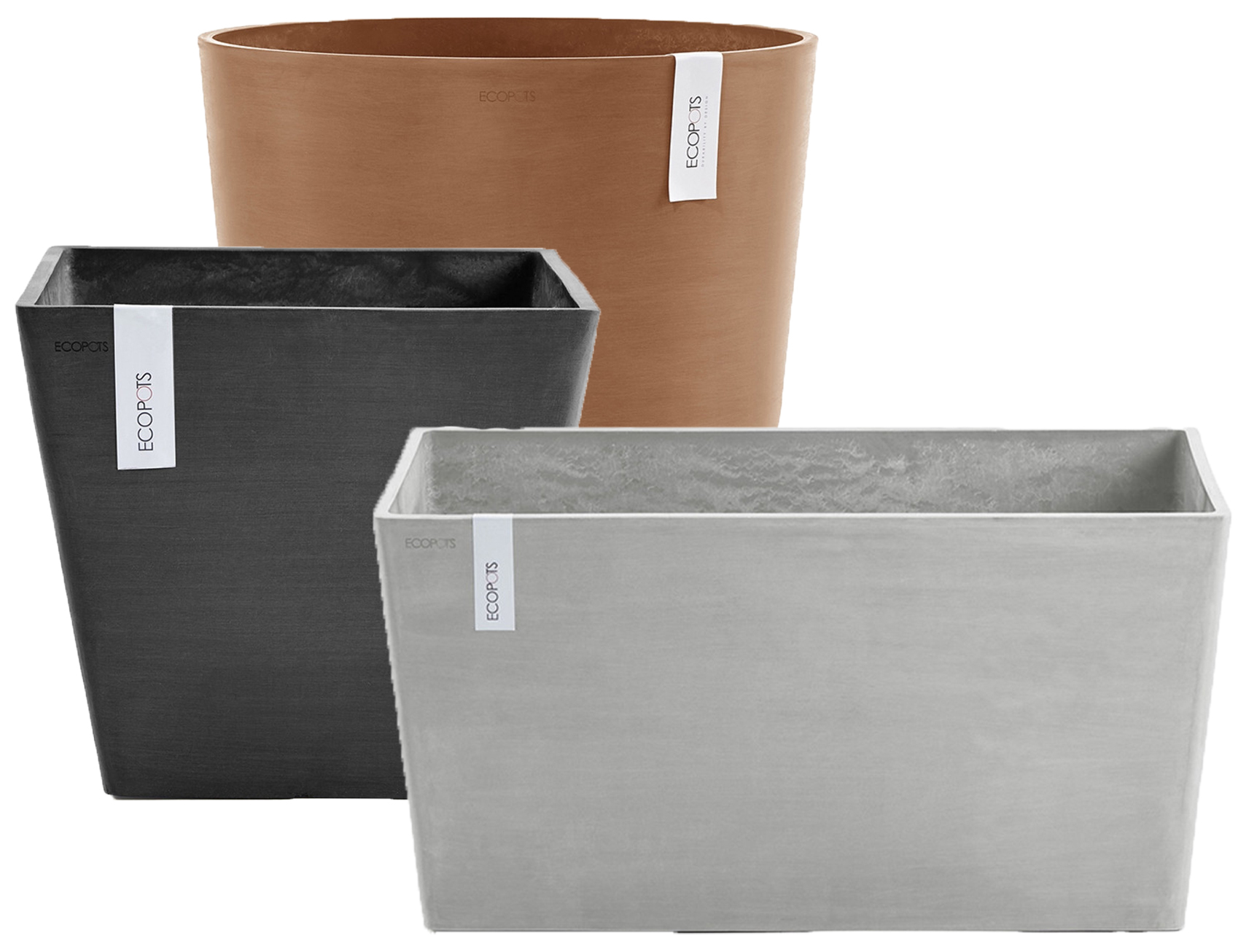
Shop Plant Pots & Saucers
Watering
Did you know more plants die from over watering rather than under watering? When you first bring your plant home, check the soil each day to see how long it takes to dry out. Then you can establish a routine. Most plants like to be moderately dry in between thorough waterings. Be sure to check the plant tag or ask one of our staff for specific plant care recommendations. A soil moisture meter takes the guesswork out of watering plants and can prevent over or under watering by measuring for you how much moisture is currently in the soil..
Temperatures
Houseplants usually enjoy daytime temperatures between 70-75 degrees and 60-65 degrees at night. Some plants, ferns for example, will go into a rest period in lower temperatures called dormancy. Decrease watering during dormant periods.
Humidity
Humidity levels vary from one house to another. Insulation, heating systems, and other factors can lead to desert-like humidity levels in your home. Plants with thick, waxy or hard leaves are not as susceptible to low humidity problems as delicate plants or ferns. If the humidity level is a problem in your home, select plants that do not require high humidity levels (i.e. Ponytail Palm, Chinese Evergreen, Cacti, Succulents). If you want to grow more delicate plants, try the tray of pebbles method. Fill a tray or saucer with pebbles/gravel of your choice. Then fill the saucer with water and place the plant on top. The layer of gravel should raise the pot above the water level so your houseplant isn't sitting in the water which will evaporate and add humidity to the surrounding area.
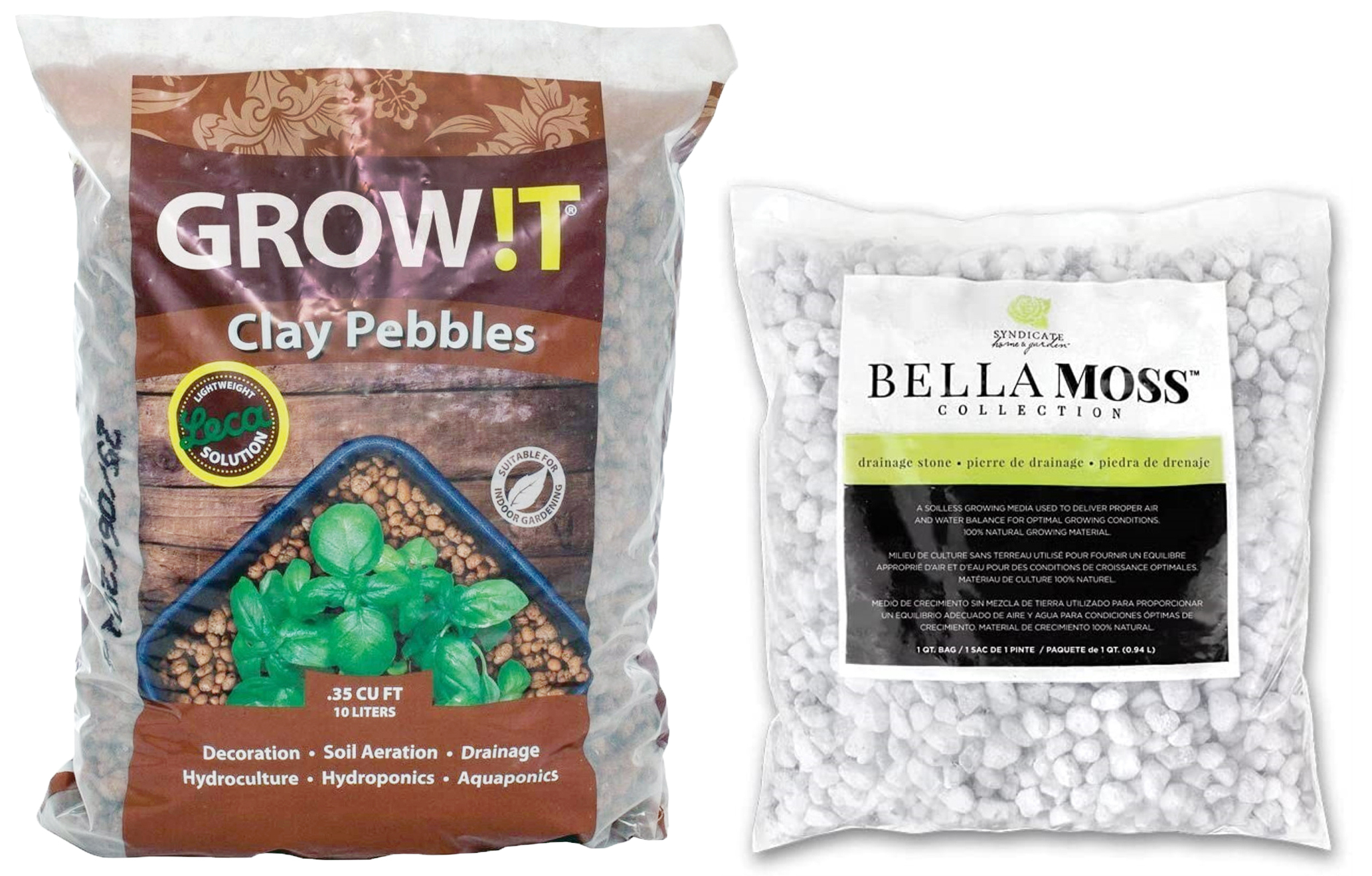
Potting Soil
Most houseplants need a soil mix that holds moisture, drains well, holds nutrients, and provides enough support to hold the plant upright. A peat-based blend of soil or composted bark, peat moss, and perlite for drainage will serve the needs of many plant types. There are groups of plants like orchids and cacti that have special soil requirements.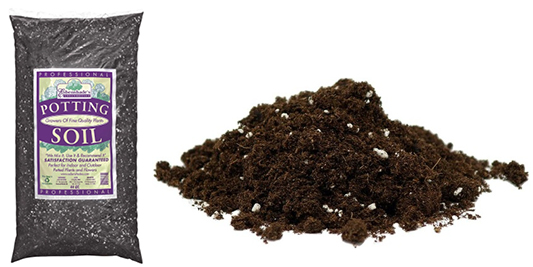
Fertilizers
There are many good fertilizers for houseplants. For foliage plants, a fertilizer with a balanced formula of nitrogen, phosphorus, and potash, like 20-20-20 is sufficient. For blooming plants, use a balanced fertilizer or one that has less nitrogen (the first number in the analysis) and more phosphorus and potash. You may prefer to mix a powdered fertilizer in the water, or use a slow release pellet or spike. Fertilize consistently during periods of active growth and bloom, and fertilize less when plants are dormant or resting. Most green foliage plants do not need fertilizer from late November until early March if they have been fed regularly throughout the growing time.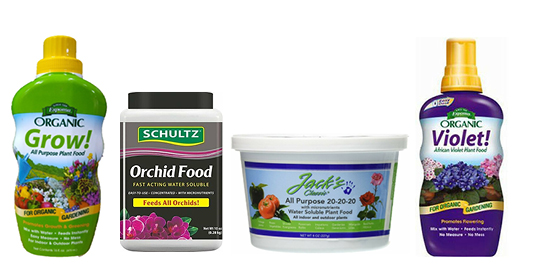
Shop Fertilizers
Pests & Diseases
Insects often come into the house on our clothes in the summer and/or through open doors and windows, but can also spring to life almost unexpectedly in the winter. Low humidity attracts Spider Mites. Prevent this by watering your plants properly and raising the environmental humidity. Fungus Gnats can be a problem if the plants are too wet. Avoid this by letting plant that need it dry slightly between waterings. Spider Mites, Fungus Gnats, Aphids and most insect pests can be treated with Neem Oil. Tougher problems like scale and mealybug should be treated with insecticides specifically formulated for indoor houseplants. A good control for Mealy bug is an insecticide with Pyrethrin. Pro tip: check the undersides of your plant leaves often to be aware of infestations early on so treatments can be applied before pests become a major problem. 

